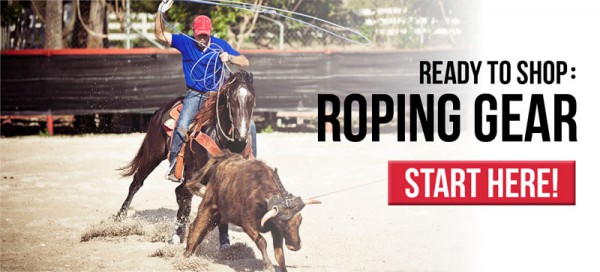Uncategorized
Roping Dummies in Calf Roping and Team Roping: A Detailed Buyers Guide
Roping dummies are essential training tools for individuals practicing calf roping and team roping, providing a realistic simulation of roping scenarios and helping riders hone their skills. Here’s a detailed description of roping dummies used in these rodeo events:
1. Construction and Materials:
Frame: Roping dummies typically feature a sturdy frame made of metal or durable plastic. This frame provides stability and mimics the structure of a calf or steer.
Body: The body of the roping dummy is often made from high-density foam, rubber, or a combination of materials. These materials offer a balance between durability and a lifelike feel.
Horns: For team roping practice, the dummy is equipped with horns made of hard plastic or rubber, resembling those of a steer. The placement and design of the horns closely imitate the real target.
2. Lifelike Features:
Size and Shape: Roping dummies are designed to replicate the size and shape of a calf or steer. This realism helps riders develop accurate aim and timing during roping practice.
Weight: While lighter than a real animal, roping dummies have enough weight to simulate the resistance encountered during roping. This allows riders to practice their technique effectively.
3. Ground Attachment:
Base: Roping dummies are often mounted on a stable base, which may be weighted or secured to the ground. This prevents the dummy from tipping over during roping sessions, ensuring a more authentic training experience.
4. Adjustable Features:
Height and Angle: Some roping dummies come with adjustable features, allowing riders to modify the height and angle of the dummy. This adaptability accommodates various skill levels and preferences.
5. Portability:
Portability: Many roping dummies are designed for easy transport. They may have detachable components or be foldable, allowing riders to take their practice tools to different locations, such as rodeo arenas or practice fields.
6. Team Roping Dummies:
Header and Heeler Models: For team roping practice, there are specialized dummies designed for headers and heelers. Headers focus on roping the horns, while heelers concentrate on roping the hind legs. This specialization allows team members to practice their respective roles effectively.
7. Training Benefits:
Realistic Simulation: Roping dummies provide riders with a realistic simulation of the roping process, helping them develop muscle memory and accuracy in their throws.
Timing and Coordination: Practicing with roping dummies enhances a rider’s timing and coordination, crucial elements in both calf roping and team roping events.
Rope Handling Skills: Riders can refine their rope handling skills, including the art of swinging the lariat accurately and efficiently.
8. Maintenance and Durability:
Weather-Resistant Materials: Quality roping dummies are often made from weather-resistant materials, allowing for outdoor use without significant wear and tear.
Easy Cleaning: The materials used in construction are easy to clean, ensuring that the dummy remains in good condition even after prolonged use.
Roping dummies are invaluable tools for rodeo enthusiasts, providing a safe and effective means of refining roping skills. Whether practicing for competition or honing skills for ranch work, these dummies play a crucial role in the development of a rider’s proficiency in calf roping and team roping.

